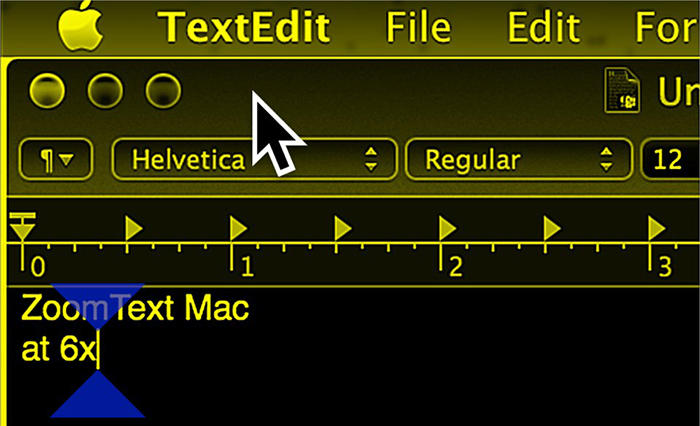Designing for inclusion
The following blog post is written by Ben Cubbon.
All of our statistics are official statistics. They are used to:
- give citizens a view of society and of the work and performance of government, allowing them to assess the impact of government policies and actions
- inform parliaments and political assemblies about the state of the nation, giving a window on the work and performance of governments, to assess their policies’ impact
- allow government and its agencies to carry out their business, making informed decisions based on evidence
- give ministers a picture of the economy and society, so they can develop and evaluate economic and social policies
- provide businesses with the information to help them run effectively and efficiently
- help analysts, researchers, scholars and students with their work
- meet the needs of the European Union and other international bodies so people can compare data across countries
The statistics we produce at ONS have a responsibility to provide an accurate picture of the UK. The statistics we produce can only be as good as the data that we collect, so it is imperative that our data collection service does not exclude anyone from providing their data.
For the eQ team this means that the patterns being built are simple, do not detract from the questions and accessible.
What are we doing about accessibility.
We are considering and designing for accessibility from day 1 of the Beta.
At the beginning of the Beta, before a design had been sketched, part of our team (Researcher, Designer and Front-end Developer) visited the Digital Accessibility Centre (DAC). We visited the centre and spoke with their wide range of users that include different severities of visual impairment, mobility impairment, dyslexia and learning difficulties. We observed the different technologies that were used to interact with the internet. These included:
- Jaws
- NVDA
- ZoomText
- Dragon naturally speaking
- Voiceover for IOS

Zoomtext screen
The team left DAC truly inspired by the stories we had been told, but importantly we also left with a deep sense of responsibility to ensure that what we were designing would not exclude anyone.
This video on DAC’s YouTube channel demonstrates how users interact with websites using Jaws and Voiceover.
The first designs we will be testing will include options for the user to alter the style of the eQ via some alternative stylesheets. Our aim for this is to improve the readability for users with dyslexia and low peripheral vision.
What’s next
We’ll be working closely with local charities to recruit users with access needs so that we can gain insight and feedback on our patterns at various stages of the development process.
Other members of our team and the questionnaire content teams will be visiting DAC too, the opportunity to talk first hand with access need user and hear their stories should not be missed.
We are fortunate enough to have a usability lab here at ONS Newport, so we will invite access need users to our office to test our designs. This will allow our whole team to observe and learn.
We’ll let you know how we get on.
2 comments on “Designing for inclusion”
Comments are closed.
Great stuff! The WAO Comms teams have been doing some work, including using BrowseAloud (https://www.texthelp.com/en-gb/products/browsealoud) on our website. We’ve also had an audit on our web accessibility, and there will be a post on the corporate blog soon about our approaches. Look forward to learning from your approaches, Dyfrig